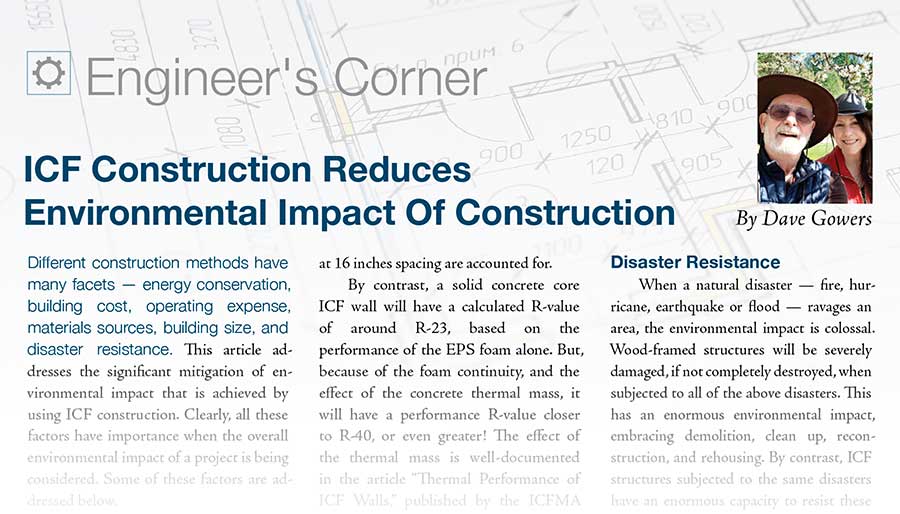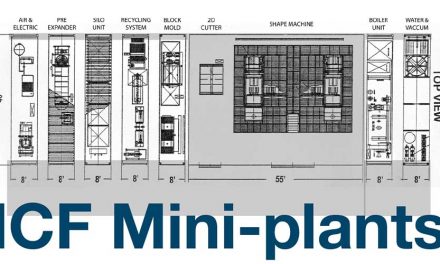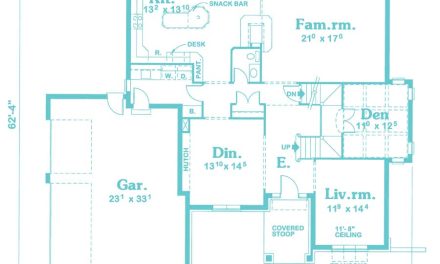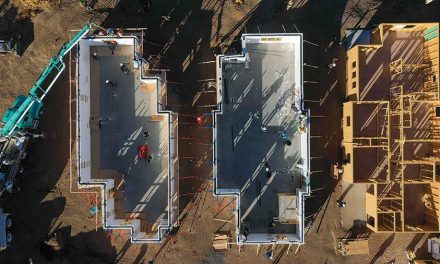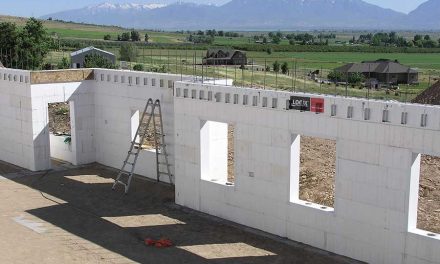Different construction methods have many facets — energy conservation, building cost, operating expense, materials sources, building size, and disaster resistance. This article addresses the significant mitigation of environmental impact that is achieved by using ICF construction. Clearly, all these factors have importance when the overall environmental impact of a project is being considered. Some of these factors are addressed below.
Construction Methods
Wood framing and ICF construction each create an environmental impact to some extent. However, I’ve yet to see a definitive report comparing the extent each construction method might have.
ICF construction, which includes the production of concrete, rebar, and expanded polystyrene, affects the environment to some extent. However, it’s a fact that ICF construction dramatically out-performs other forms of construction when considering energy consumption, so there is a significant offset in environmental impact, and one that will continue throughout the life of the ICF structure.
Energy Conservation
The following commentary addresses the performance R-values of ICF versus wood frame construction. Construction using insulated 2×6 wood framing is not a fair comparison to ICF construction, but is the comparison mostly used. A 2×6 wood-frame wall insulation is required by code to have an R-value of R-21. This is the rating required for the installed insulation. However, if you analyze the wall assembly, it performs closer to R-16, when all the thermal bridging created by the wood studs at 16 inches spacing are accounted for.
By contrast, a solid concrete core ICF wall will have a calculated R-value
of around R-23, based on the performance of the EPS foam alone. But, because of the foam continuity, and the effect of the concrete thermal mass, it will have a performance R-value closer to R-40, or even greater! The effect of the thermal mass is well-documented in the article “Thermal Performance of ICF Walls,” published by the ICFMA in May 2017. This report evaluated several wall assemblies for heat retention, and concluded the ICF wall assembly substantially outperformed all other wall assemblies, by a factor of 300%!
Operating Expenses
It’s not uncommon for the utility consumption of a structure with an ICF building envelope to be 50%, or less, of the utility consumption of a conventional wood-frame building envelope. This has an extremely significant environmental impact. Not only are the monthly utility operating costs reduced, with the associated savings in energy, but the original cost of the HVAC system is also reduced, as a smaller unit can be used to satisfy the lower demand that is required of it, both in respect of heating
or cooling.
In 2020, California mandated that new residential construction should be built to ensure the operating utility consumption should achieve net zero energy. That can be best achieved with an energy-efficient building envelope, such as ICF construction. California requires this same mandate to be applied to commercial construction by 2030. Again, an ICF building envelope will help enormously to achieve this standard.
Disaster Resistance
When a natural disaster — fire, hurricane, earthquake or flood — ravages an area, the environmental impact is colossal. Wood-framed structures will be severely damaged, if not completely destroyed, when subjected to all of the above disasters. This has an enormous environmental impact, embracing demolition, clean up, reconstruction, and rehousing. By contrast, ICF structures subjected to the same disasters have an enormous capacity to resist these natural forces. The result is virtually no destruction, resulting in reduced demolition, reduced clean up, reduced reconstruction, and substantially reduced rehousing.
In conclusion, ICF construction has a net-positive environmental impact, and is an excellent choice for someone who desires to build with energy efficiency in mind. The long-term energy savings are paramount. Energy production and methodology continue to be a major concern, with the continuing depletion of fossil fuels. It is my opinion that energy efficiency and the environmental impact of new construction is extremely important.
Dave Gowers
In the 51 years since graduating from London University in the United Kingdom, Dave Gowers has acquired extensive experience in concrete construction through diverse commercial, residential, and industrial projects, up to $1-billion in value, in several countries. Dave resides in Southern Oregon with his wife and business partner, Jennifer. Dave holds a PE license in 14 states/territories and is the principal of
Dave Gowers Engineering LLC, and co-principal of Cascade ICF LLC. He can be reached at 541-660-9661 or dave@dgengineering.com.

